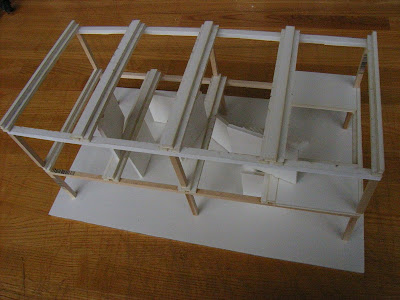GENERATIVE TYPHOON
Extreme weather such as typhoon happens more and more frequently nowadays. Facing such extreme weather, which is a form of natural energy release, what are our stands? Shall we see it as a disaster and evade it as possible as we can? Or shall we treat it as the last natural phenomenon in our civilized environment and embrace it with our most enthusiasm? I would like to take the latter one, to see typhoon a generative phenomenon. My thesis will be a repeatable architecture, which can situate anywhere along the coastal line of southeast China, where typhoon frequently passes by and brings massive destruction. I would assume that the typhoon will influence the site annually to enable me to create a long term dynamic, interactive and evolutionary process between typhoon and my project. My thesis will involve with aerodynamics, generative design computing, ecology, meteorology, engineering and geography.
This thesis will try to answer the questions including what is the architectural form in an extreme weather condition; what is the ecological system in that condition; what should the relationship be between architecture and climate, especially extreme climate; is it possible to transform passive and defensive infrastructure, such as dike, into an active element and if yes, how to transform; Is it possible to take the advantage of the typhoon instead of the conventional way of fighting with and evading it and if yes what are the methods. By answering these questions, I hope my thesis can broaden the scope of architectural disciplinary knowledge in terms of an alternative relationship between architecture and disastrous climate.
The thesis will begin with studying the qualities of typhoon in terms of its speed, energy, air flow mode, amount of rain it brings, air pressure, tracks; how is the typhoon generated; how does it develop and disappear. During this period, mapping will be intensely used, especially intensely engaged with the representation of invisible elements of typhoon, such as the air flows, humidity, energy distribution, behaviors of people in the danger of typhoon and so on. After the collection of enough information of typhoon, generative design method will be the key technology. During this phase, I will first study precedents of the emergent architecture, such as projects done by Tom Wiscombe. And afterwards I will try to use the mapping information as the source and generative methods as the tools to stimulate the design process, in another word, I hope to discover the emergent qualities of the typhoon.
During the process to the end, the artifacts would be a series of representation of typhoon qualities and installation which experiments various generative methods.









